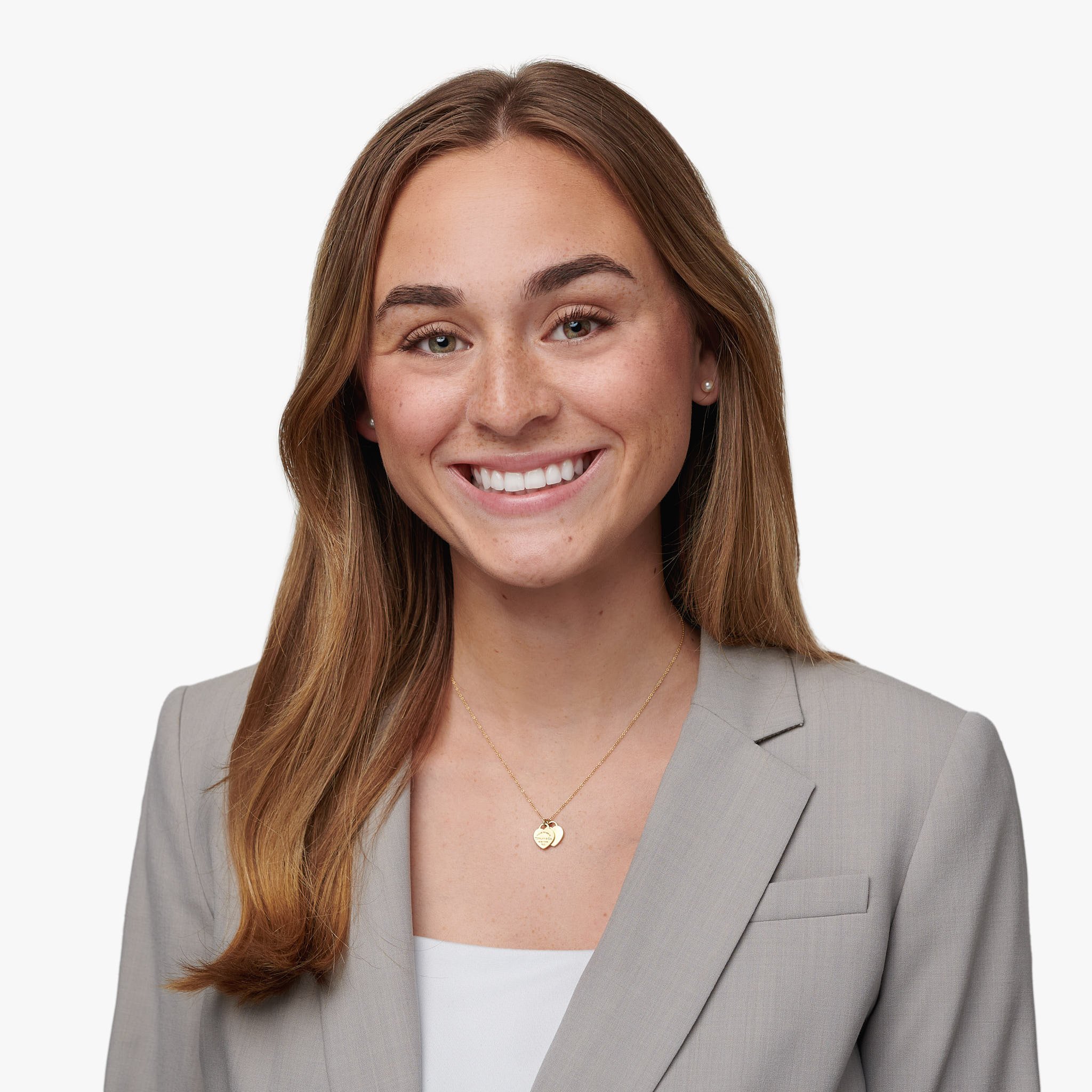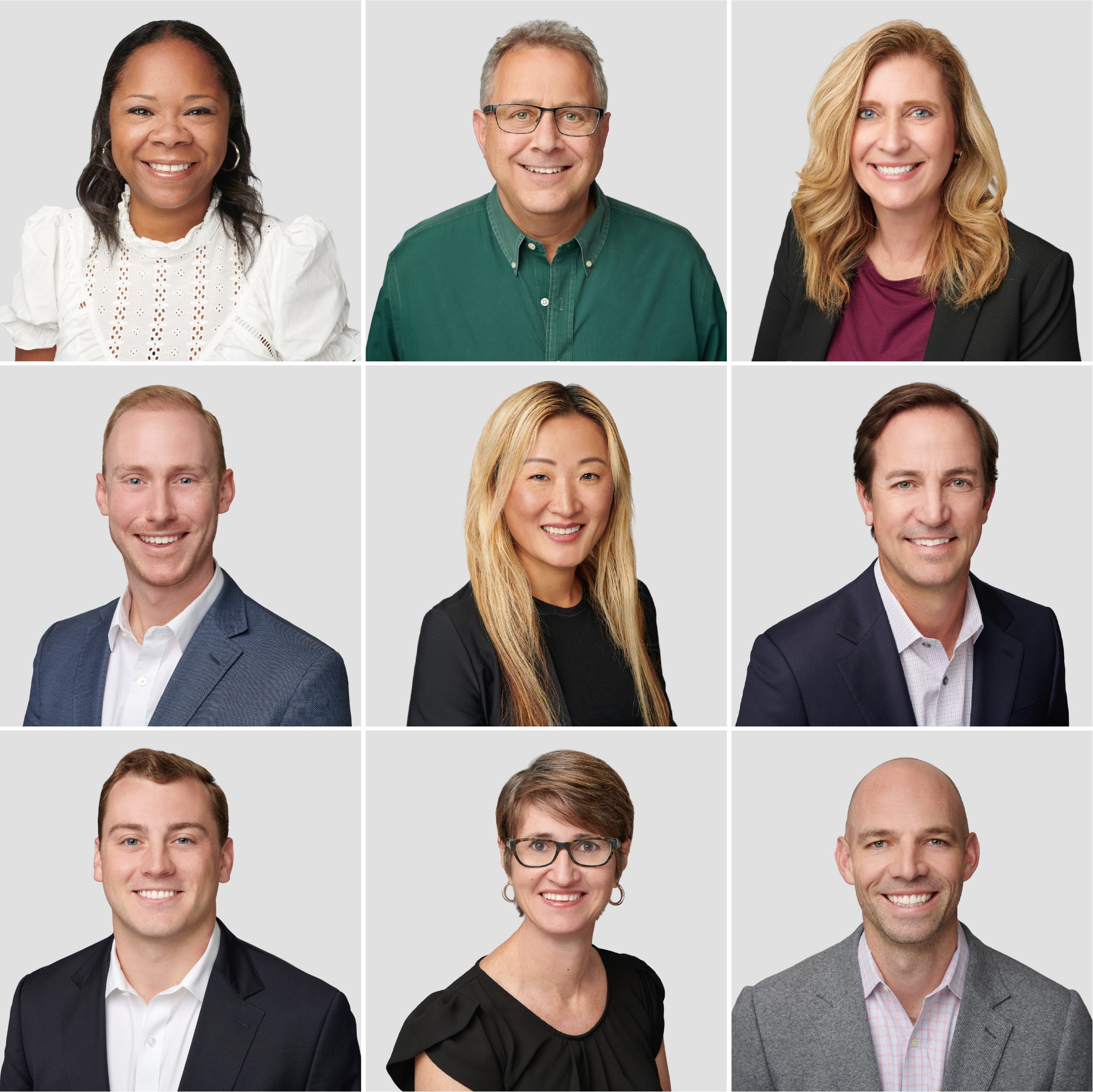Are AI headshots Worth It?
As technology rapidly speeds along to improve our lives, AI-generated portraits have become an option for individuals and companies looking for team headshots. AI headshots are created using Artificial Intelligence algorithms, promise to save time, money, and effort for companies, but is this really true? It is crucial to understand the downsides of relying solely on AI-generated headshots and the misconceptions that surround this service that customers might not be aware of (and that their websites won’t tell you about).
In this Blog post, I’ll go over the downsides of AI headshots from the perspective of a professional headshot photographer (I’ve been a professional photographer for over a decade) and why these AI headshots tend to fall short of what they promise.
Not indistinguishable from real photos
AI headshot services tout that their portraits are “indistinguishable from real photos”, which on first look might seem accurate with the impressive examples provided. But if you look closely, there are several key aspects that don’t translate well when AI renders the images.
First of all, the skin always looks too smooth in AI headshots. It looks more like a drawing, illustration, or a graphic than a real photograph. This might be okay in a small size on LinkedIn (but probably not), but if you’re using team photos on a website, it will definitely not look realistic. And when it comes to body-accuracy, AI takes a lot of liberty. Since most people aren’t providing full-body images as sample photos, the algorithm simply makes up the body portion of the headshot. There’s no way to guarantee that it will actually be authentic to what the person looks like in real life. The whole point of a headshot is to introduce you to someone who’s never met you before, so that when they do meet you, they can actually recognize you in real life. AI headshots don’t really accomplish that goal, not in a way that’s all that successful.
The other thing I noticed with AI-generated portraits is that the catchlights (the white highlights in the eye that are the reflection of the light source) rarely match the lighting depicted on the face. This is something that’s often done to determine whether a photo is fake or not - detectives will look at the catchlights and see if they match for all the people in the photo or if they reflect the actual environment. This is probably a small thing that only I pay attention to, but it’s a detail that indicates faux photography really clearly and triggers a warning response in humans as subconsciously we can usually tell that the image is fake.
Actually takes a surprising amount of time
Even the AI headshot companies that promise an easy and seamless process fail to consider the fact that employees are incredibly busy and that the person who is put in charge of making sure all the headshots get done will be taking on a surprising amount of work.
The biggest fail in the process is that you have to get all team members to provide 10-20 photos of themselves to feed the AI with enough data to generate the headshots. If you have many team members or executives who all need headshots, they will all have to upload these images within a certain time frame, and often there is one or two (or several) people who simply don’t have the time or the energy to actually get this done. And it’s not their fault. Most of us actually don’t have 10+ photos of ourselves available for this. We can set time aside to take some pictures, but then that’s a process in itself as well. The problem with selfies is that they use a phone camera lens that tends to distort our face (this is due to the focal length of the lens being used and the distance at which the photo is taken), and the tend to not really look like us in real life. Ideally you’ll want photos of yourself that are taken at a distance, which means another person or a more complicated setup is required, and that definitely makes things harder.
So in reality, what actually happens when employees are tasked with submitting images for an AI headshot? Somebody will have to keep reminding them to do it. It might turn into a never-ending task for the person who’s organizing the project as they’ll have to hunt down the people who still haven’t done it and keep on top of it until it’s done.
This is much more time consuming (and work-intensive) than showing up for 5-10 minutes on a day allocated for office headshots where a professional photographer will guide each person through a photoshoot and deliver images within 72 hours, as I do. Or sending an employee to the Studio for a quick headshot session. With a professional photographer, the work is offloaded to another person outside of your company and frees up everyone else to focus on their work.
Images are in low resolution
This might improve as AI evolves and is able to better generate larger images, but right now, the biggest format is around 2,400 pixels on the long edge. While this might seem sufficient for online use, it won’t work well for situations where the image has to in print (like magazines or printed ads). The images I provide are usually 6,000-8,000 pixels on the long side, which is significantly larger and will work in any situation, which means you won’t be scrambling to get better photos for a magazine article feature or conference banner when the time comes.
No support provided before or after
One of the benefits of working with a good professional headshot photographer is the support and direction provided before, during, and after the photoshoot. The first question that comes up for a headshot photo session is “What should I wear?”. I provide a guide on how to prepare for headshots and examples of what to wear (and how to select the best outfit choice from things you already have in your closet). During the photoshoot, I work with each person to get their best angles and expression and we sit down right after to select their best headshot to be retouched and finalized. Retouching is always natural, not over the top or fake, to make sure every person looks their best in their headshot. It’s important to also note that not all headshot photographers do this, so it’s equally important to select the right in-person photographer to work with and not go with just any human vs AI.
Sends the wrong message
Team headshots for companies are part of how they present themselves to the world. We live in a time when perception matters, almost more than reality, and having AI headshots on the company’s website says that you weren’t willing to make the investment in a good photographer. The excuse that team members are based all over the world also doesn’t fly as there are fantastic photographers anywhere who can match established company guidelines for headshots (plus there are photographers who will travel). So what does it say to potential clients, employees, and maybe even investors when you have cheap AI generated headshots on the website? It’s often not the message that companies want to be sending.
Inconsistent Results
AI headshot algorithms utilize vast datasets to generate images. While this offers convenience and speed, it can also lead to inconsistent results. The algorithm's performance may vary depending on the quality of the input data, resulting in images that may not accurately represent the individual's appearance. Uneven lighting, unnatural skin tones, and distorted facial features can all negatively impact the overall impression a headshot has on viewers. In a competitive business environment, an unprofessional or distorted AI-generated headshot can raise doubts about a company's credibility and attention to detail. It is often said that you get what you pay for, and this is still true for something like AI headshots!
While AI headshots may offer a quick and cost-effective solution for some companies, they come with several significant disadvantages. The lack of human connection, limited customization, inconsistent quality, ethical concerns, and missed opportunities for unique visual branding are all factors that companies must consider. Ultimately, investing in professionally taken headshots ensures a more personalized and impactful representation of individuals and the company as a whole.





